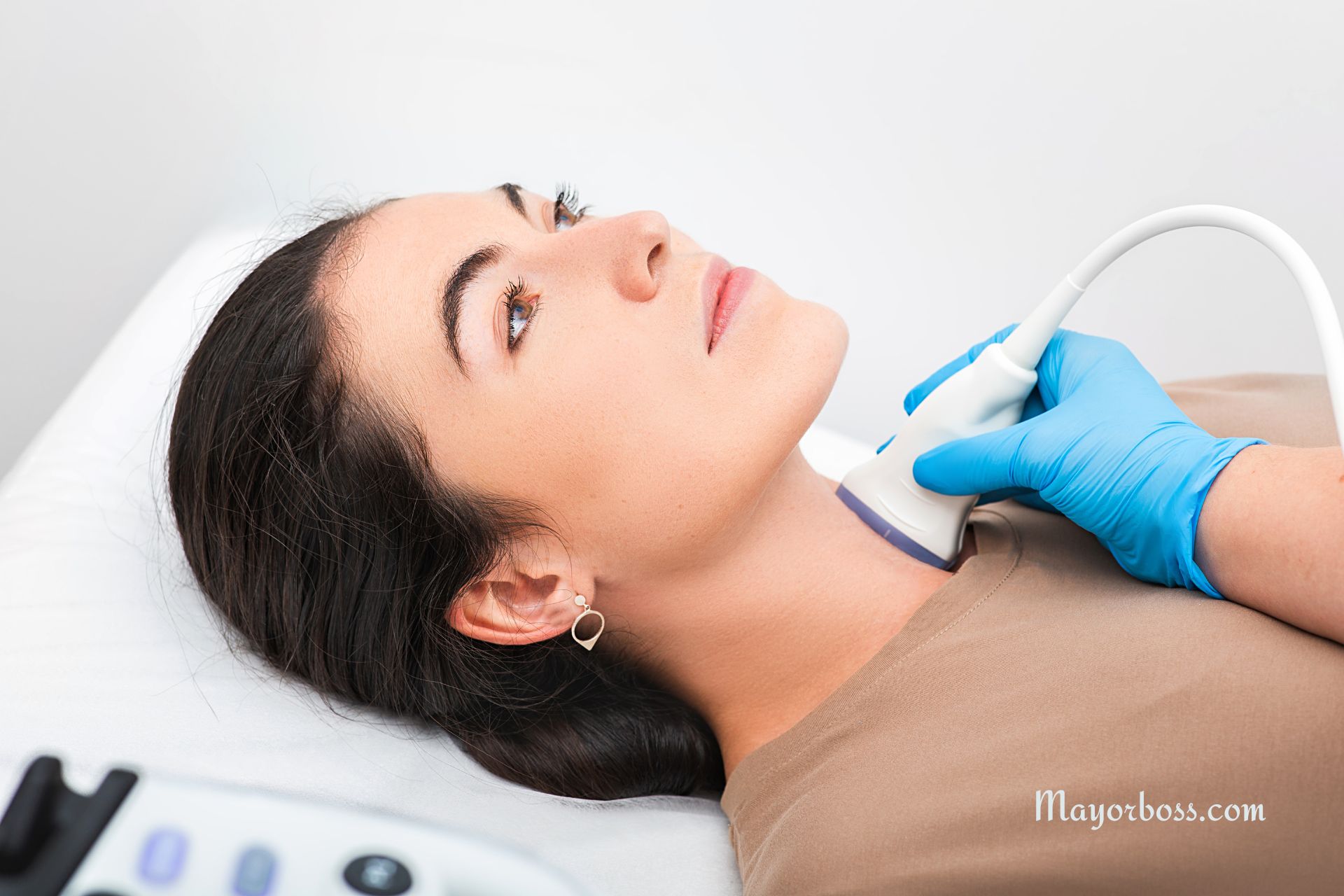Symptoms of Dehydrated Skin
Dehydrated skin is really common and can be confusing because it looks a lot like dry skin. Dry skin doesn’t have enough natural oils, while dehydrated skin doesn’t have enough water. If you understand the symptoms, you can take better care of your skin. Here are the signs of dehydrated skin and how to handle it.

How to Tell If Your Skin Is Dehydrated
Dehydrated skin doesn’t just look dull—it can also feel uncomfortable. Here are some signs that your skin might not have enough water.
1. Your Skin Looks Dull and Tired
One of the biggest signs of dehydrated skin is when it looks dull and tired. It doesn’t have that healthy glow that comes from being well-hydrated. When your skin doesn’t have enough water, it can’t reflect light properly, which makes it look flat and lifeless.
2. Your Skin Feels Tight or Uncomfortable
Another sign of dehydrated skin is a tight feeling, especially after washing your face or being in harsh weather. This tight feeling usually means your skin doesn’t have enough water. Unlike dry skin, which always feels dry, dehydrated skin can feel different depending on the weather, diet, or the products you’re using.
3. Your Skin Is More Sensitive to Products and Weather
When your skin doesn’t have enough water, it can become more sensitive to things around you. You might feel a burning or stinging when using your regular skincare products. Dehydrated skin can also get red and irritated more easily, especially in windy, hot, or cold conditions.
4. Fine Lines Are More Noticeable
Dehydrated skin can make fine lines, especially around your eyes, look more obvious. These lines are called “dehydration lines.” They are different from wrinkles caused by aging because they often fade once your skin is properly hydrated again.
5. Rough and Flaky Patches Appear
You might notice that your skin has flaky or rough patches, especially on your cheeks or forehead. This is because your skin cells aren’t getting rid of old cells properly due to a lack of water. When you touch these areas, they may feel a bit rough.
6. Skin Feels Tight but Looks Oily
Sometimes, dehydrated skin can also look oily. When your skin doesn’t have enough water, it tries to make up for it by producing more oil, which makes it look shiny. But even though it looks greasy, it still feels tight—this is a sign that your skin needs water, not oil.
7. Dark Circles and Sunken Under-Eyes
The skin under your eyes is thinner, which makes dehydration easy to spot there. If you see that your dark circles are getting worse or the area under your eyes looks hollow, it might be because your skin is dehydrated. Not having enough moisture makes these issues more obvious.
What Causes Dehydrated Skin
Not Drinking Enough Water
Your skin shows what’s going on inside your body. If you aren’t drinking enough water, your skin won’t have the moisture it needs to look plump and healthy.
Harsh Weather Conditions
Cold, dry air or really hot weather can make your skin lose moisture. Windy conditions can make it even worse, causing more dryness and irritation.
Using the Wrong Skincare Products
Using harsh cleansers or scrubbing your skin too much can damage its natural barrier, leading to water loss. Also, not using a good moisturizer or using products that aren’t right for your skin can cause dehydration.
Drinking Too Much Caffeine or Alcohol
Caffeine and alcohol make your body lose water. If you drink a lot of these, they can make your skin look dull and feel tight because of dehydration.
How to Hydrate Your Skin Properly
To keep your skin healthy and hydrated, you need to take some simple steps. Here are some effective ways to rehydrate your skin:
1. Drink Enough Water Every Day
It might sound simple, but drinking enough water every day can really help your skin. Try to drink at least 8 glasses of water a day, and even more if you’re active or it’s hot outside.
2. Use a Moisturizer That Locks in Water
Use moisturizers that have ingredients like hyaluronic acid or glycerin. These help your skin hold on to water. Look for non-comedogenic products so they don’t clog your pores.
3. Choose a Gentle Cleanser for Your Skin
Choose a gentle, sulfate-free cleanser that doesn’t strip away your skin’s natural oils. Foaming cleansers can be harsh, so consider using a cream or gel-based cleanser instead.
4. Use a Humidifier at Night to Add Moisture to the Air
Running a humidifier in your room while you sleep can keep the air moist, which helps your skin stay hydrated. This is especially helpful during the winter when indoor air is really dry.
5. Cut Down on Alcohol and Caffeine Drinks
Try to limit how much alcohol and caffeine you drink, as they can make your skin dehydrated. If you do drink them, make sure to drink extra water to stay hydrated.
6. Use Hydrating Masks to Give Your Skin Extra Moisture
Using a hydrating face mask once or twice a week can give your skin an extra boost of moisture. Look for masks with ingredients like aloe vera, hyaluronic acid, or cucumber extract to help soothe and rehydrate your skin.
Dehydrated skin feels dry and uncomfortable. It can also make your skin weaker and easier to damage, which can lead to problems like infections or more wrinkles. To help your skin feel better, you need to know the signs, like tightness, dullness, and more fine lines. Drink plenty of water, use good skincare products, and protect your skin from harsh weather to help it stay healthy.
If you’re not sure whether your skin is dry or dehydrated, or if you are having trouble with it, it’s a good idea to see a dermatologist. They can help you find the best way to keep your skin healthy and hydrated.






